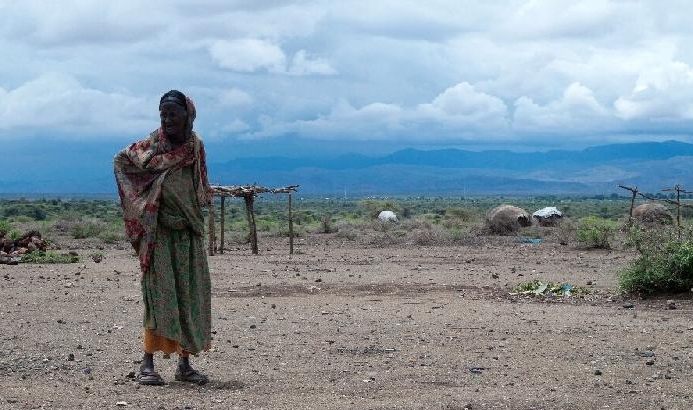By Robin MILLARD
GENEVA, Feb 10 (AFP) — The 2020-2021 La Niña phenomenon has passed its peak, the UN weather agency said Tuesday, but its impact on temperatures, rain and storm patterns is set to continue.
La Niña refers to the large-scale cooling of surface temperatures in the central and eastern equatorial Pacific Ocean, occurring every two to seven years.
The effect has widespread impacts on weather around the world — typically the opposite impacts to the El Niño warming phase in the Southern Oscillation cycle.
Besides the cooling effect, La Niña is usually associated with wetter conditions in some parts of the world, and drier conditions in others.
La Niña conditions have been in place since August-September 2020, according to atmospheric and oceanic indicators.
"La Niña appears to have peaked in October-November as a moderate strength event," said the World Meteorological Organization (WMO).
The WMO said there was a 65 percent likelihood that La Niña will persist during February-April. The odds shift rapidly thereafter, with a 70 percent chance that the tropical Pacific will return to neutral conditions in the cycle by April-June.
"El Niño and La Niña are major drivers of the Earth's climate system," said WMO Secretary-General Petteri Taalas.
"But all naturally-occurring climate events now take place in the context of human-induced climate change, which is increasing global temperatures, exacerbating extreme weather, impacting seasonal rainfall patterns and complicating disaster prevention and management."
The temporary global cooling effects of La Niña were not enough to prevent 2020 from being one of the three warmest years on record.
"Despite the general cooling influence of La Niña events, land temperatures are expected to be above-normal for most parts of the globe in February-April 2021," the WMO said.
"La Niña and El Niño effects on average global temperatures are typically strongest in the second year of the event, but it remains to be seen to what extent the current La Niña will influence global temperatures in 2021," the United Nations agency added.

Warmer temperatures expected
In a global seasonal climate update, the WMO said that other than in a few small areas, above-normal land temperatures are "expected to dominate everywhere" for February-April.
"The highest probabilities of above-normal temperatures occur in western, central and eastern Asia and over the southern half of North America," the WMO said.
"Above-normal temperatures are also likely over much of the northern high latitudes (except over northwestern North America), southern, central and eastern parts of South America, and equatorial and northern regions of Africa.
"Below-normal temperatures are more likely for northern South America."
Meanwhile the precipitation outlook for February to April is consistent with typical La Niña effects on regional climates, said the WMO.
"These include increased chances of unusually wet conditions over much of southeast Asia, Australia and northern South America and islands in Melanesia. Southern Africa may also see above-normal rainfall," the WMO said.
"Below-normal precipitation is likely over much of western and central Asia… as well as parts of the Greater Horn of Africa, parts of Central Africa, sub-tropical latitudes of North America, islands in Polynesia and some parts of southeastern South America."
The last La Niña, which was brief and relatively weak, began developing in November 2017 and ended in April 2018.
ADVERTISEMENT
ADVERTISEMENT


































